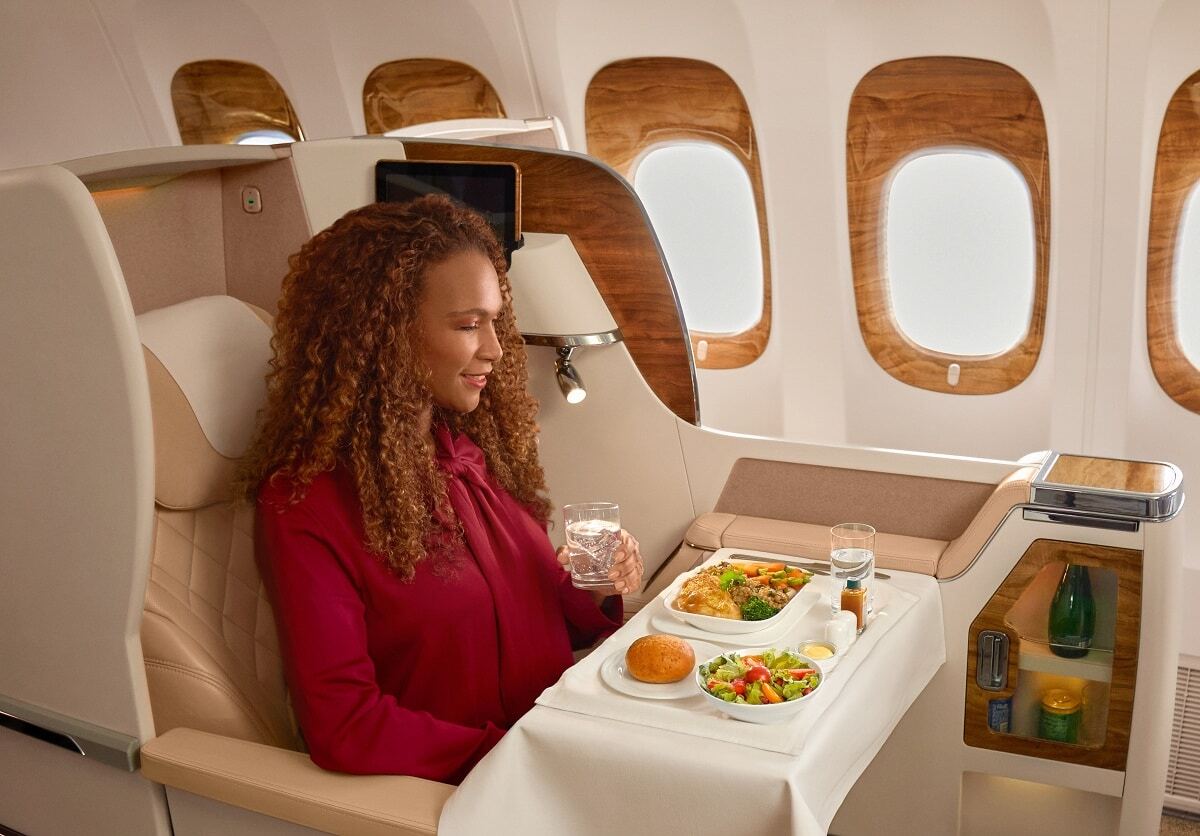
Ever wondered what goes into preparing your in-flight meal? Airline catering is a fascinating world filled with meticulous planning, logistics, and culinary expertise. From the moment ingredients are sourced to the time meals are served at 35,000 feet, a lot happens behind the scenes. Did you know that airline meals are often prepared up to 10 hours before your flight? This ensures freshness and safety. Airline catering kitchens operate like well-oiled machines, producing thousands of meals daily. Chefs must consider factors like taste changes at high altitudes and dietary restrictions. Next time you enjoy a meal on a plane, remember the intricate process that made it possible.
Key Takeaways:
- Airline catering has a rich history, from simple pre-packed lunches in 1919 to the introduction of hot meals by Pan American World Airways in the 1930s, setting a new standard for in-flight dining.
- The logistics of preparing airline meals are complex, with rigorous safety checks, separate preparation areas for special dietary meals, and the challenge of making food taste good at high altitudes.
The Origins of Airline Catering
Airline catering has a fascinating history. Let's explore some intriguing facts about how it all began.
-
The first airline meal was served in 1919 on a Handley Page flight from London to Paris. Passengers enjoyed a simple pre-packed lunch.
-
In the 1930s, Pan American World Airways introduced hot meals on flights, setting a new standard for in-flight dining.
The Logistics Behind Airline Meals
Preparing and delivering meals for thousands of passengers daily is no small feat. Here are some facts about the logistics involved.
-
Airline meals are typically prepared 10 hours before the flight. This ensures freshness while allowing time for transportation and security checks.
-
Each meal must pass through rigorous safety checks, including temperature controls and contamination tests, to meet health standards.
-
Special dietary meals, such as vegetarian, vegan, and gluten-free options, require separate preparation areas to avoid cross-contamination.
The Science of Taste at High Altitudes
Ever wondered why airplane food tastes different? The science behind it is quite interesting.
-
At high altitudes, the cabin pressure and dry air reduce our taste bud sensitivity by about 30%. This makes food taste blander.
-
Airlines often add extra seasoning to meals to compensate for the loss of taste sensitivity. Salt and spices are used more liberally than in ground-level cooking.
The Environmental Impact of Airline Catering
Airline catering has a significant environmental footprint. Here are some facts about efforts to reduce this impact.
-
Airlines generate around 5.7 million tons of cabin waste annually, much of which comes from in-flight meals and packaging.
-
Some airlines have started using biodegradable and compostable packaging to reduce waste. This includes utensils made from bamboo and containers from plant-based materials.
-
Leftover food from flights is often donated to local charities or used for animal feed, reducing food waste.
The Economics of Airline Catering
The cost of providing in-flight meals is a major consideration for airlines. Let's look at some economic aspects.
-
On average, airlines spend between $6 and $10 per passenger on in-flight meals. This cost includes preparation, packaging, and delivery.
-
Budget airlines often charge for meals to keep ticket prices low. This allows passengers to choose whether they want to pay for in-flight dining.
Fun Facts About Airline Meals
Here are some fun and quirky facts about airline meals that might surprise you.
-
The most popular in-flight meal is chicken. It's considered a safe and universally liked option by most passengers.
-
Some airlines offer gourmet meals prepared by celebrity chefs. These meals are often available in first and business class, providing a luxurious dining experience at 35,000 feet.
The Final Bite
Airline catering is more than just a meal on a tray. From the logistics of preparing thousands of meals daily to the science behind why food tastes different at 35,000 feet, it's a fascinating world. Airlines invest heavily in ensuring passengers enjoy their in-flight dining experience, considering everything from cultural preferences to dietary restrictions.
Next time you fly, remember the effort and planning that goes into each bite. Whether you're enjoying a gourmet meal in first class or a simple snack in economy, there's a whole team working behind the scenes to make your journey more pleasant. So, appreciate the meal and maybe even share a fun fact or two with your fellow passengers. Safe travels and happy eating!
Frequently Asked Questions
Was this page helpful?
Our commitment to delivering trustworthy and engaging content is at the heart of what we do. Each fact on our site is contributed by real users like you, bringing a wealth of diverse insights and information. To ensure the highest standards of accuracy and reliability, our dedicated editors meticulously review each submission. This process guarantees that the facts we share are not only fascinating but also credible. Trust in our commitment to quality and authenticity as you explore and learn with us.


